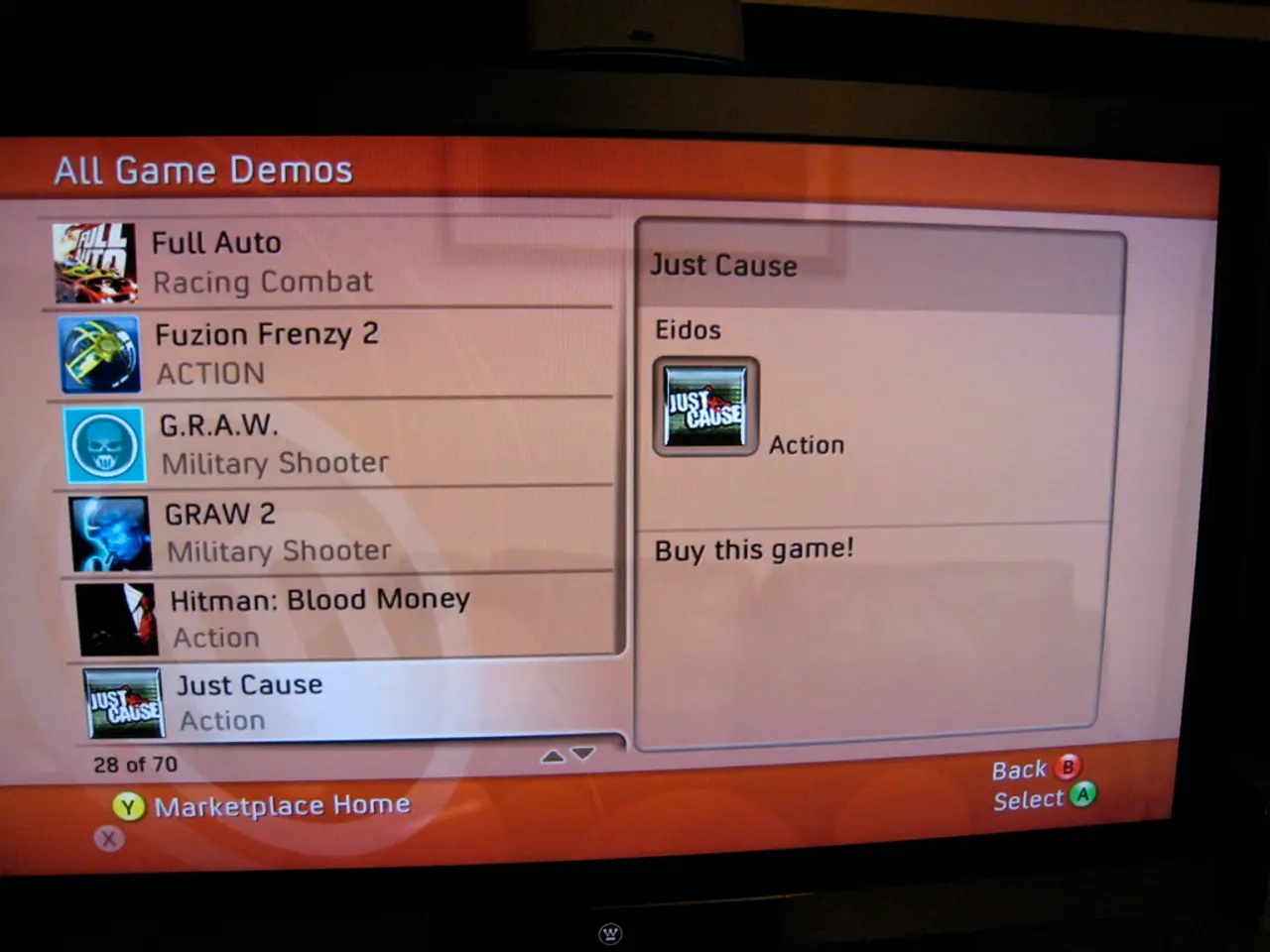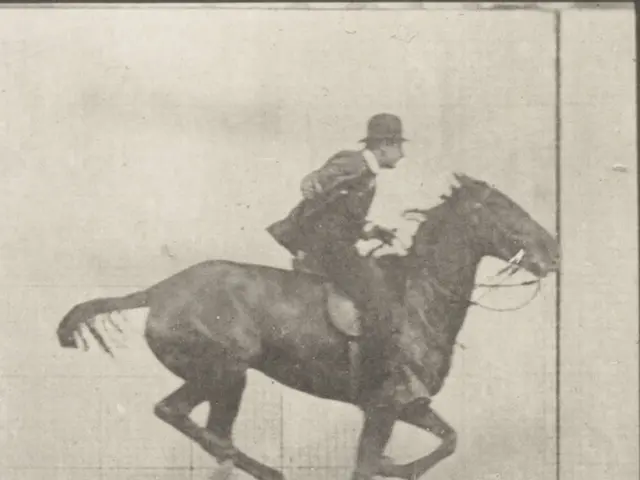The Increased Prevalence and Appreciation of Pixel Art-based Video Games
In the world of video games, Pixel Art has emerged as a dynamic and versatile artistic approach that transcends nostalgia. Originating as a necessity due to hardware limitations in the '70s, '80s, and '90s, Pixel Art has become synonymous with a golden era of gaming, evoking memories of playing classics like Metroid, Super Mario Bros., and The Legend of Zelda for those who grew up in the late 80s and early 90s.
This distinctive aesthetic is closely tied to Chiptunes, a form of music born from the same minimalist philosophy as Pixel Art. Chiptunes, often associated with 8-bit and 16-bit music, can be heard in many Pixel Art games, creating a harmonious blend of retro connotations. However, modern Pixel Art games have started to stray away from this traditional sound, incorporating other types of sounds to create a unique auditory experience.
As technology advanced, some developers continued to use Pixel Art during the 2000s, and a few successful games, like Cave Story, sparked a Pixel Art Renaissance. Today, Pixel Art games are not just a throwback to the past, but a testament to creative innovation, accessibility, and technical hybridization.
One of the key contemporary trends in Pixel Art is its integration with modern visual effects. Games like Octopath Traveler and Eastward showcase high-definition lighting and handcrafted pixel environments enriched with dynamic effects, elevating pixel visuals with a fresh depth and realism beyond classic pixelation.
Another trend is the experimentation with hybrid 2D/3D and voxel visuals. Developers are blending 2D pixel sprites in 3D worlds and using voxel-based animation and physics-simulated sprites, pushing pixel art into new dimensional spaces and gameplay dynamics.
AI-assisted creation is also revolutionizing the landscape of Pixel Art. AI pixel art generators simplify and accelerate the creative process, enabling even novices to produce high-quality pixel graphics rapidly from photos or text prompts. This democratizes pixel art making and encourages stylistic exploration beyond traditional methods of painstaking manual work.
Looking towards the future, the success of Pixel Art games depends on their ability to innovate by hybridizing with modern effects and refining gameplay mechanics. Continued innovation is essential to overcome the limitations of the past and create polished gameplay, unique visual identity, and a compelling experience that stays true to the essence of pixel art.
Beyond games, Pixel Art style extends into graphic design, branding, Web3, and NFTs, blending retro aesthetics with contemporary minimalist and maximalist design trends. This adaptability and cultural resonance demonstrate the style's sustainability in the evolving market.
Pixel Art games are expected to become more valuable as games achieve hyper-realistic visuals. Despite the rise of 3D games in the '90s, Pixel Art games have seen a resurgence due to nostalgia. Interestingly, Pixel Art games age better than games trying to look "new," as they maintain their charm and simplicity over time.
In summary, modern pixel art in game design is transitioning from a nostalgic throwback to a dynamic and versatile artistic approach that embraces new technologies, hybrid aesthetics, and innovative game design strategies to stay relevant and compelling in the contemporary market. The journey of creating a pixel art game is a testament to the enduring appeal of pixel art, a testament to its unique place in the hearts of both gamers and developers alike.
- Pixel Art's influence extends beyond video games, making its way into the realm of graphic design, branding, Web3, and NFTs.
- The democratization of pixel art making is happening through AI-assisted creation, allowing novices to produce quality graphics quickly.
- In the entertainment industry, movies and TV shows often incorporate elements of '80s and '90s fashion-and-beauty, lifestyle, and music, reflecting the sentiment of the early pixel art era.
- Modern Pixel Art games like Octopath Traveler and Eastward blend high-definition modern visual effects with traditional pixelation, creating a unique visual experience.
- Social media platforms are buzzing with discussions about sports, movies-and-tv, books, technology, gadgets, artificial intelligence, data-and-cloud-computing, and lifestyle, all topics that captivate their user base.
- The success of Pixel Art games relies on their ability to balance nostalgia with innovation, taking advantage of contemporary trends in food-and-drink, home-and-garden, entertainment, and gameplay mechanics to create an enduring appeal in the market.








